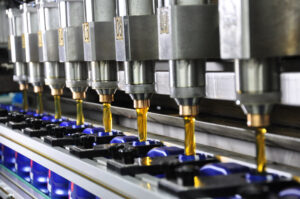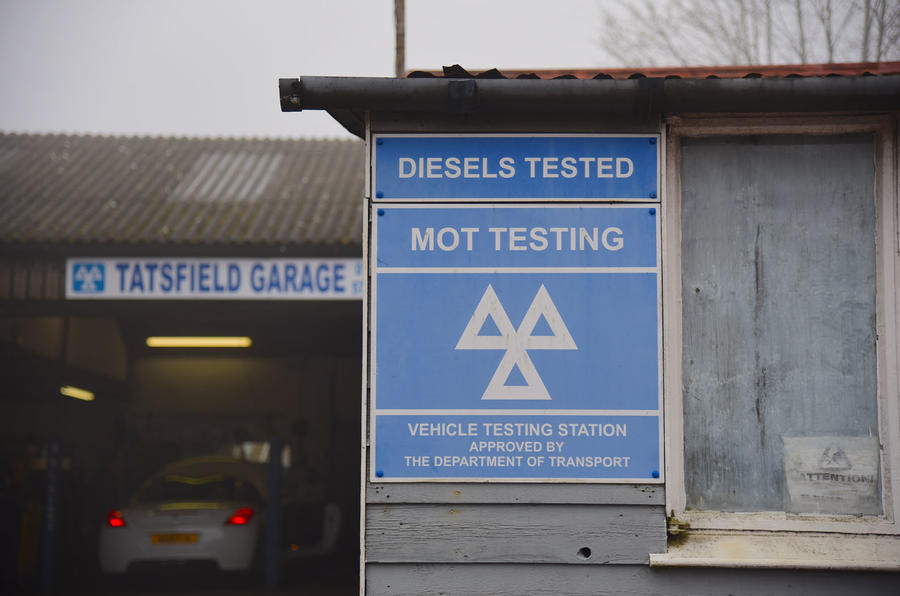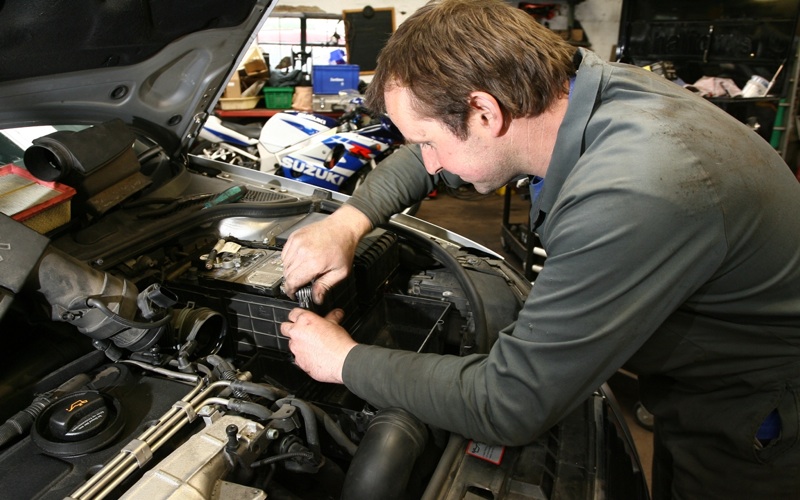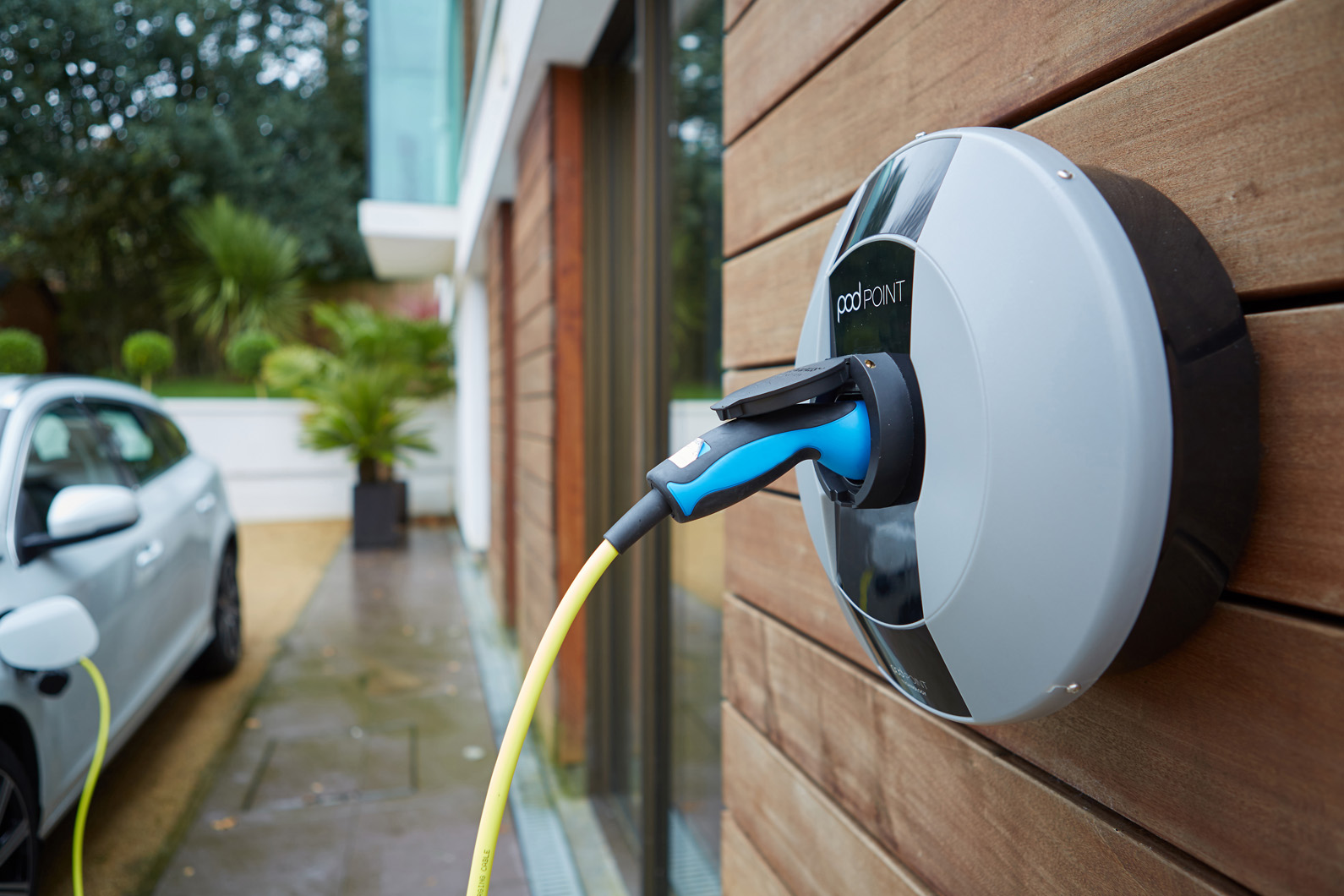By: Simon Michell, National Account Manager for Certas Energy (Valvoline)
Exclusive to catmag.co.uk
Remember when Theresa May called a general election back in 2017 and Norma from Bristol said …
“Oh! Not another one!”
With the introduction of the new C6 oil from ACEA, there are understandably similar mutterings from independent garages.
Let’s step back and have a look at the Low SAPs journey we have travelled.

Back in the early 2000, there were only “high SAPS” oils. An example being ACEA A3/B4. The A designation being petrol and B, diesel. This was fine for the cars of the day. Then Diesel Particulate Filters arrived on the scene and automotive oil world was never the same again. Initially DPFs were optional, however in 2009 they became mandated on all diesel cars.
It was soon realised that conventional high SAPS oil like ACEA A3/B4 can block the DPF. The oil industry went into committee mode and came up with four low SAPS oils (and there was an unproven rumour that four new 5W-30 oils were designed to confuse us all).
Some oil brands like Valvoline use clever chemistry to combine ACEA C2 with C3. This helps widen the oil applications. Everything settled down and we got used to the new family of Low SAPS oils – ACEA C1 C2 C3 C4… Then it all changed again!
ACEA dropped the C1 category from the 2022 edition of their oil sequences. C1 oil is primarily for Land Rover applications. I’m sure the oil companies will continue to manufacture C1 oils for the foreseeable future. (ACEA have also dropped ACEA A3/B3 and introduced an ACEA A7/B7, but that a story for another day)
ACEA represents Europe’s 16 major car, van, truck, and bus manufacturers. You can read it’s 2022 oil sequences publication here . It’s a great read if you suffer insomnia…
ACEA C5 was the follow on act from the original fab four and recently the latest incarnation of Low SAPS oil hit the shelves is ACEA C6. Just to confuse things further, I have heard a whisper that ACEA are looking at launching a C7 oil next year. (But we will keep that to ourselves!)
I am often asked what low SAPS stands for. A snappy little title, Low Sulphated Ash, Phosphorous and Sulphur.
The Sulphated Ash is what blocks the DPF when the oil is burnt and the Phosphorous and Sulphur can poison Catalytic Convertors.
The main difference between the six car Low SAPS oils are allowable levels of Sulphated Ash, Phosphorous and Sulphur. However, there are important differences with fuel economy levels and High Temperature High Shear (HTHS). More on these two gems later.
Table 1 shows what is going on under the bonnet with regards to the SAPS levels. We can see how C2 and C3 have the same SAPS values and therefore identical DPF protection.
| Table 1 | ||||||||||
| ACEA 2022 Car Low SAPS oils | ||||||||||
| High SAPS | Low SAPS | |||||||||
| Mid SAPS | Mid SAPS | Mid SAPS | Mid SAPS | |||||||
| A3/B4 | A5/B5 | C1 | C2 | C3 | C4 | C5 | C6 | |||
| Sulphated Ash | SA | % | >1.0 < 1.6% | <1.6% | <0.5% | <0.8% | <0.8% | <0.5% | <0.8% | <0.8% |
| Phosphorous | P | % | report | report | <0.05% | >0.07
< 0.09% |
>0.07
< 0.09% |
<0.09% | >0.07 <
0.09% |
>0.07
< 0.09% |
| Sulphur | S | % | report | report | <0.2% | <0.3% | <0.3% | <0.2% | <0.3% | <0.3% |
The oil companies use a term called Mid SAPS, which can cause confusion. These Mid SAPS oils are still part of the Low SAPS family.
The key distinction is that the Sulphated Ash levels, are in the mid-range, when compared to the so-called High SAPS oils.
In table 1: Within the Low SAPS family, of six oils, the Mid SAPS oils are C2, C3, C5 and C6 – when comparing the Sulphated ash limits to the High SAPS A3/B4 and A5/B5
Moving onto High Temperature High Shear (HTHS)
See table 2
| Table 2 | |||||||||
| High Temperature High Shear (HTHS) | |||||||||
| High SAPS | Low SAPS | ||||||||
| Mid SAPS | Mid SAPS | Mid SAPS | Mid SAPS | ||||||
| A3/B4 | A5/B5 | C1 | C2 | C3 | C4 | C5 | C6 | ||
| HTHS | CentiPoise | >3.5 Cp | >2.9 <3.5 Cp | >2.9 Cp | >2.9 Cp | >3.5 Cp | >3.5 Cp | >2.6 < 2.9 Cp | >2.6 < 2.9 Cp |
This is one of the distinctive features of C5 and C6 oils.
High Temperature High Shear (HTHS) is the oil’s viscosity when tested under extreme stress or shear conditions and is designed to replicate the hostile conditions found in the camshaft, valve train, piston rings and cylinder liners. In fact, anywhere in the engine where the oil is squeezed through a very small opening, the oil can temporarily or permanently lose its correct viscosity.
HTHS is tested at 150c – however in the ACEA 2022 sequences, HTHS is tested at both 150c and 100c.
The big deal with HTHS is this is the route to achieve greater fuel economy – and all car manufacturers are obsessed with fuel economy and emissions in 2022. This is the reason why C5 and C6 oils tend be associated with low viscosity fuel saving 0W-20 oils. The obvious question I hear asked is…. does lowering the HTHS viscosity impact on engine wear?
The answer is that the car manufacturers are highly skilled at designing their particularly exquisite engine, and we have to trust their knowledge in this specialised area, and the oil companies are happy to blend C5/ C6 oils.
Whilst researching this article I met up with the Valvoline development team. They highlighted to me the specific manufacturing challenges with C5 and C6 oils.
A very high-quality base oil is required, combined with a boosted additive pack, to protect the engine from a lowered HTHS. The oil chemists then apply their skills to ensure the finished oil is fit for purpose and offer a high level of engine protection.
With this in mind, it pays to choose C5 and C6 oil wisely from manufacturer approved oil companies.
One important point to note is not to use a low HTHS oil in an engine not designed for it.
Looking at table 3.
| Table 3 | |||||
| Do not use C5 or C6 oil when C3 oil is required | |||||
| C3 | C5 | C6 | |||
| HTHS | CentiPoise | >3.5 Cp | >2.6 < 2.9 Cp | >2.6 < 2.9 Cp | |
Using a C5 or C6 oil with a lower HTHS in an ACEA C3 application, is going to lead to an expensive engine rebuild.
Why? Because an engine that is designed for a high film strength 3.5 centipoise (cP) is given the low film strength medicine of between 2.6 < 2.9 centipoise, trouble looms in terms of engine wear.
One way of visualising what is going on inside an engine is the imagine all the engine parts float on oil.
If this ‘floatiness’ is interrupted, wear and engine damage can occur. Remember, 70% of engine wear happens in the engine is warming up.
The big take away for modern engines is – Always use the right SAE viscosity grade, ACEA specification and most importantly the correct manufacturer specification – and choose a high-quality oil with a balanced additive pack.
At my last count, there were nine 0W-20 oils. All with explicit manufacturer specifications. Tread carefully!
The hassle-free way of ensuring the engine receives the correct oil is by using the manufacturer oil registration lookup. Just to mention that my employer, Valvoline, has a site that is simple, accurate and up to date, but there are others as well. JI should also mention that it is best not to cross reference oils between oil manufacturers, it’s a recipe to trap the unwary!
| Table 3 | |||||
| Do not use C5 or C6 oil when C3 oil is required | |||||
| C3 | C5 | C | |||
| HTHS | CentiPoise | >3.5 Cp | >2.6 < 2.9 Cp | 2.6 < 2.9 Cp | |
In table 4 we can see the ACEA fuel economy standards. C5 and C6 oils are all about leading the way in the quest for greater fuel economy. In addition, we are introduced to what is called the Evaporative loss test.
Evaporative loss is an interesting topic. If the engine oil is low, there are only three places the oil could have disappeared to. Up the exhaust pipe in a cloud of smoke, an oily puddle on the ground or the oil has evaporated due to the engine heat.
The Noack volatility test, named after Kurt Noack, tests this last reason for low oil level. The oil is heated to 250c for one hour and for most oils apart from C4, the allowable loss is 13%.
However, the car manufacturers often stipulate more stringent pass levels with manufacturer approved oil.
| Table 4 | ||||||||||
| Fuel Economy and Evaporative loss (Noack) | ||||||||||
| High SAPS | Low SAPS | |||||||||
| Mid SAPS | Mid SAPS | Mid SAPS | Mid SAPS | |||||||
| A3/B4 | A5/B5 | C1 | C2 | C3 | C4 | C5 | C6 | |||
| Fuel Economy | MB engine M111 | % | —– | >2.5% | 3% | 3% | >1.0% eg 5W-30* | >1.0% eg 5W-30* | >3% | to follow |
| Evaporative loss | Noack | % | <13% | <13% | <13% | <13% | <13% | <11% | <13% | <13% |
Returning to our original question – Why do we need yet another Low SAPS oil? One reason is that ACEA 2022 has developed three very specific additional tests for C6 oil.
See table 5 below.
Turbocharger compressor deposit (diesel)
Car manufacturers have to reduce the emissions and one way of doing that is to increase the levels of Exhaust Gas Recirculation (EGR). The downside is that there can be a build-up of higher levels of soot in the engine oil, which can become deposits in the compressor housing of the turbo charger. This leads to a decrease in efficiency of the compressor and subsequent reduction in engine performance
A Toyota 3L diesel turbo charged engine is used to test for soot deposits in turbo chargers. The engine is run for 100 hours at full load at 3,600 rpm. Turbo chargers can run at 1,000c and over 250,000 rpm. This is highly demanding on the engine oil. It takes all the experience and skill of the major oil manufacturers to endure the oil is up to the demands of this test.
Low Speed Pre-Ignition (LSPI)
This is a modern-day phenomenon with Gasoline direct injection turbo engines (GDI). In the old days, we would know it as detonation, pinking or pre-ignition. It has reappeared in the last few years and it can wreak havoc in an engine by putting spectacular holes in the pistons.
A Ford four-cylinder petrol engine is used for the test
The final specific C6 test is timing chain wear
The timing chain elongation or stretch is measured, to ensure the valve timing is spot on. This test also uses Ford 2.0L EcoBoost engine. The engine is run for 216 hours through a series of cycles. The pass/fail criteria is ≤0.085% timing chain elongation.
| Table 5 | |||
| ACEA C6 | |||
| Turbocharger compressor deposit (diesel) | Toyota engine 1KD-FTV | Merit | >25 |
| Low speed pre ignition LSPI (GDI turbo) | Ford GDI engine
(Gasoline Direct Injection) |
LSPI events | <8 |
| Chain wear GDI
(Gasoline direct injection engines) |
Elongation of timing chain Ford GDI engine
(Gasoline Direct Injection) |
% | <0.085% |
An example of the ACEA C6 oil the SynPower MST FE C6 0W-20. Valvoline have combined the chemistry with ACEA C5 to give greater range application.
The ILSAC GF-6A and API SN Plus tests the oils ability to withstand Low Speed Pre Ignition (LSPI).
Going back to Norma from Bristol, you can be assured that as emission standards improve, there will always be ‘another one’, with an ACEA standard having a shorter span than the average term in office for a Prime Minister. Anyone involved in servicing vehicles can’t be expected to know everything about every oil for every reference. Always use a reputable oil lookup to avoid an expensive engine rebuild.











Go to comments